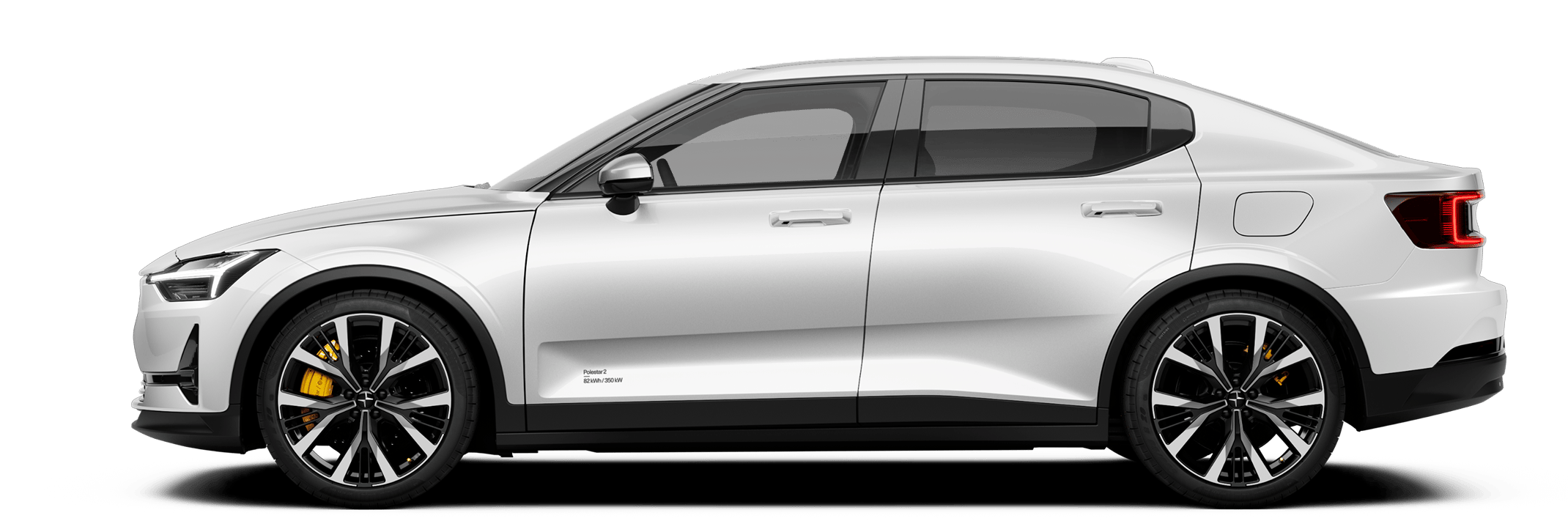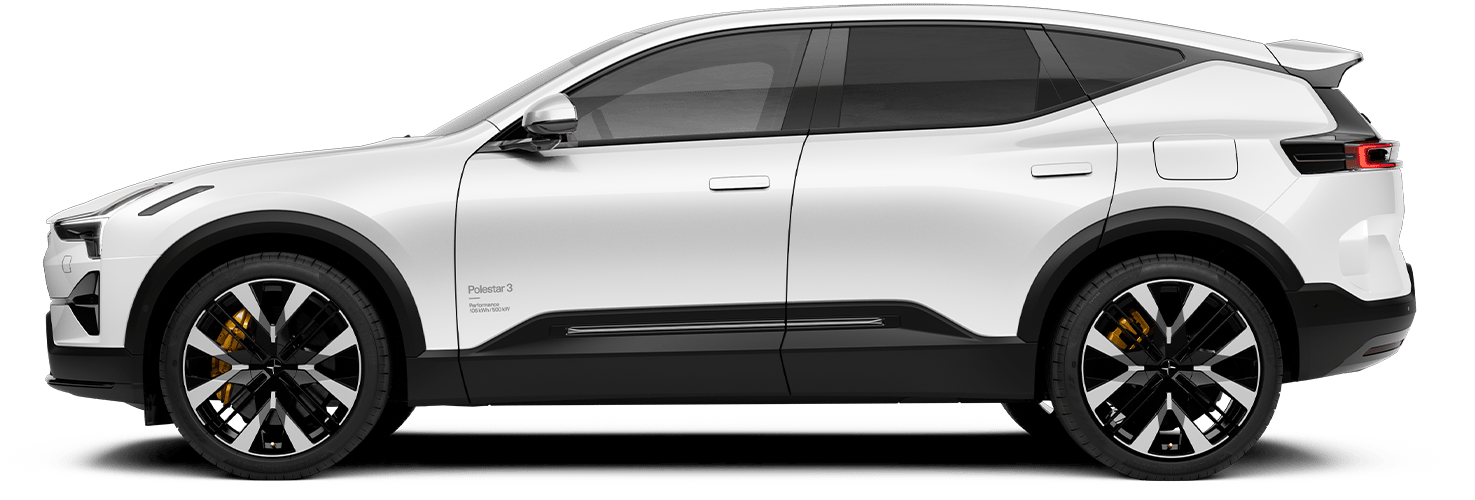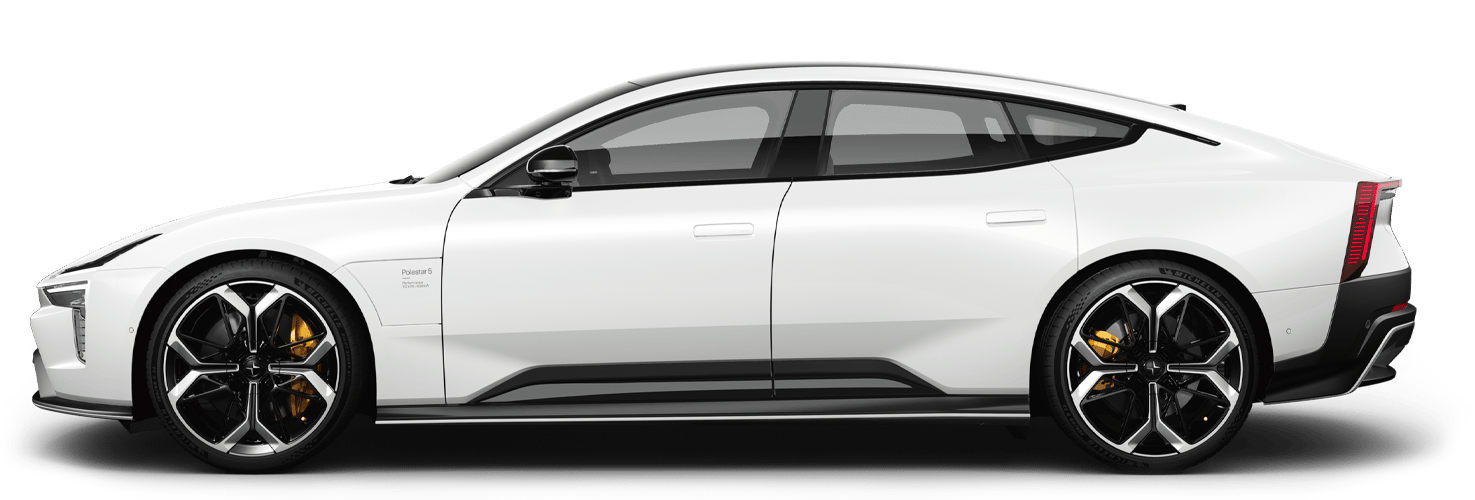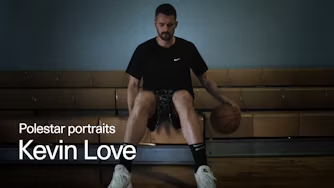Kindred spirits: Circulor
Circulor is a company that works with blockchain technology to trace materials and help companies achieve more sustainable and transparent supply chains. We spoke with CEO and co-founder Doug Johnson-Poensgen about traceability-as-a-service, proving responsible sourcing, and the LCA report that was published by Polestar in 2020.
Can you briefly introduce yourself?
I'm Doug Johnson-Poensgen, co-founder and chief executive of Circulor. We work with traceability in industrial supply chains. Personally, I have been working for about 30 years across a variety of industries, with a common theme of digital innovation and IT services applied to business challenges, which is exactly what Circulor is currently doing.
How did Circulor come about?
In 2016/2017 my co-founder and I started thinking about where we could find a real-world case where something like blockchain could actually make a difference.
We realised that we were looking for an enterprise problem, rather than a consumer problem. For things like cobalt and mica, there is already an asymmetry in the supply chains. You have small auditors all over the world supporting the responsible sourcing ambitions of very large car manufacturers. We thought that this was a space where we should put our energy.
What is Circulor’s philosophy, in a nutshell?
We want to enable businesses to do business, better. That means more responsible businesses pursuing greater sustainability and technology service providers supporting these sustainability ambitions. We cannot deliver improvement in sustainability ourselves, but we can be a key enabler of it.
You offer traceability-as-a-service, what more can you tell us about that?
Traceability means following the flow of goods through a supply chain. There are two broad categories of traceability.
The first is production traceability: demonstrating that materials have been responsibly sourced, like cobalt for example. It also includes tracking the attributes of a supply chain, like the amount of carbon that is added as the material is used to make components, which then become parts that end up in a car.
The second one is commercial traceability, which is the authenticity of products. So that could be the authenticity of car parts, for example, which require a connection back to their manufacture and eventual use. An example of that is the location and state of health of an electric vehicle battery, at the point at which its first life in a car ends.
Traceability-as-a-service is the process of mapping a supply chain, implementing a solution into the various participants in the supply chain, and collecting data and developing insights which are then shared with our customers.
What was your first impression of Polestar?
Polestar was described to me as the new kid on the block, the challenger who wants to shake up the car industry. The fact that Polestar published the methodology for the life cycle assessment of the Polestar 2 is ground-breaking. That's never been done by a car manufacturer before, and it’s real evidence of actually trying to do something.
You currently work with Polestar on cobalt traceability. Are there plans to expand the collaboration in the future to provide tracing for other materials?
There's a long shopping list of materials which have concerns around them, concerning either their environmental footprint or human rights, and we’ve started working on that list with Polestar.
Lithium is one of the materials used in the batteries and it is associated with environmental concerns, particularly in places like the Atacama Desert. Rare earth elements have human rights concerns associated with them. The carbon footprint of aluminium is massive, yet there is a small but growing movement towards greener aluminium. Materials like nickel which are obviously essential to battery manufacturing, but is also used in steel production, is also on that list.
What is the most challenging aspect of achieving traceability within a supply chain?
The biggest challenge is that supply chains are not used to being transparent. Everybody is protective of who their suppliers are. Technology can help a little bit because people can disclose information that can prove or disprove that you're behaving yourself, without necessarily disclosing all the underlying information upon which that conclusion was formed.
How different it is to work with companies within the automotive industry versus other industries? Is it more or less common in other industries? Do you see that changing and how?
Automotive is ahead. We spent a few months earlier this year on Boeing's first technology accelerated program, which is focused on sustainability. They recognise that the sorts of themes around sustainability that the auto sector is dealing with now apply to aerospace.
I think one of the real drivers of all of this activity is growing awareness by institutional investors of the importance of Environmental Social and Governance (ESG*) issues and a desire to see meaningful action.
So, for the last few years most brands have written ESG reports and it's all very glossy and it looks very nice, but how real is the action being taken? I see big institutional investors starting to try to push for similar levels of disclosure, and I think that will accelerate the adoption of solutions like ours.
On Circulor’s website, it is mentioned that you “prove responsible sourcing”. How do you go about doing that?
What we do is create a digital twin for a physical commodity at its source and capture a variety of attributes, not just about the material but also the actors involved in first recording that material. But no technology can completely replace due diligence. You still have to inspect these places. You still need whistle-blower mechanisms. Once you have a reliable digital twin for a commodity at source, (which in our case involves things like facial recognition and GPS locations), we then look to construct a digital thread that follows the flow of that material all the way through the supply chain.
Any final thoughts?
I'm really excited to continue working with Polestar, given their ambition to be a truly sustainable company among car manufacturers. It is extremely exciting and I'm really looking forward to the journey together.







